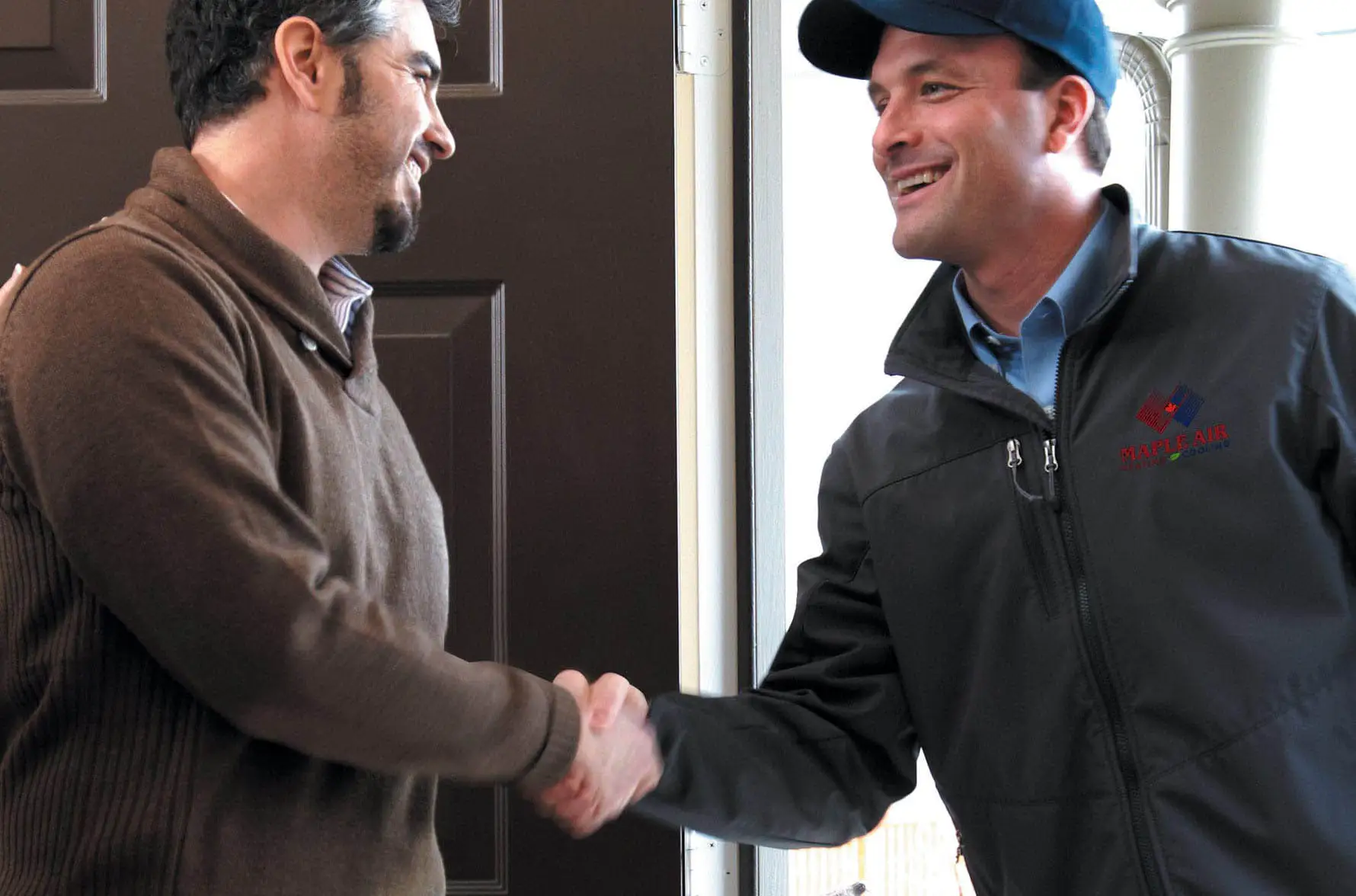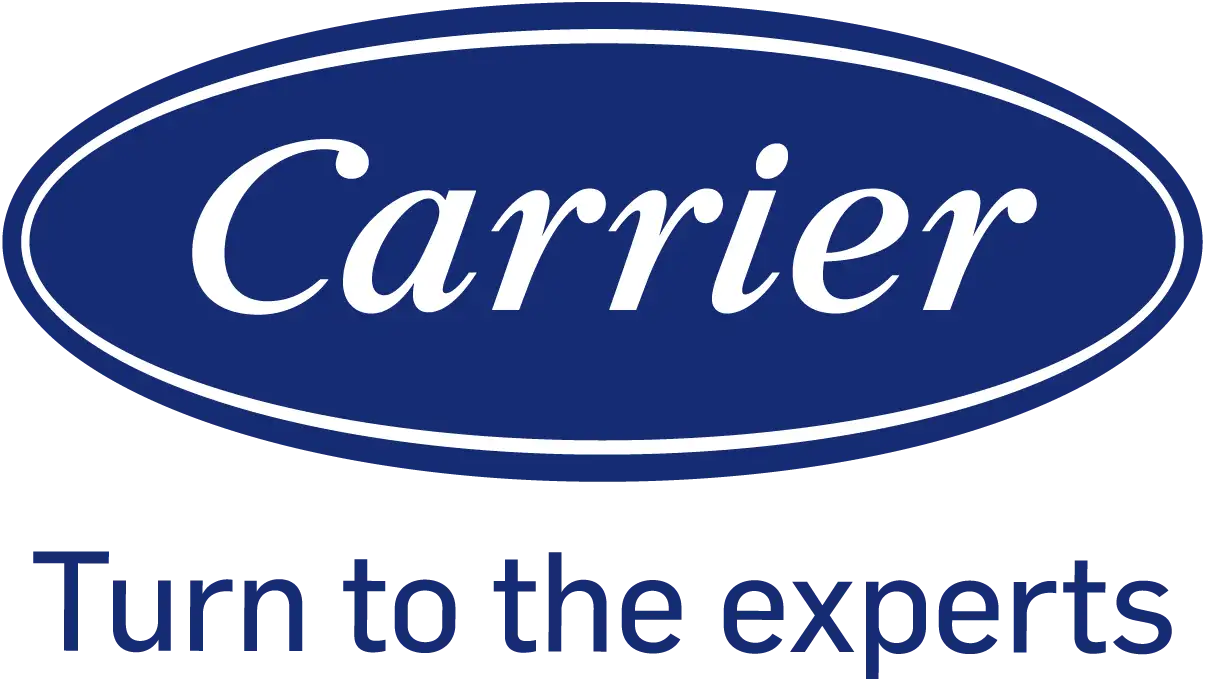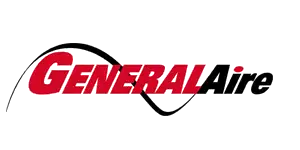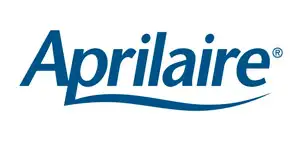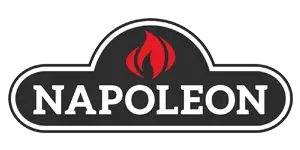
What to Expect from a Professional HVAC Inspection
A professional HVAC inspection is essential for ensuring your heating, ventilation, and air conditioning (HVAC) system is running efficiently, safely, and effectively. Regular inspections can help extend the lifespan of your system, improve indoor air quality, and prevent costly breakdowns. If you’ve never had an HVAC inspection before or are wondering what to expect, here's a breakdown of what a professional service typically includes.
1. Comprehensive System Check
During an HVAC inspection, the technician will perform a thorough assessment of your entire system, including both the heating and cooling components. This involves checking key parts such as the air handler, thermostat, furnace, evaporator coil, condenser, ducts, and refrigerant levels. The technician will ensure that all parts are functioning properly, and any potential issues, like worn-out components or leaks, will be identified.
2. Cleaning of Critical Components
Dust and dirt can accumulate in various parts of your HVAC system over time, affecting its efficiency and air quality. A professional inspection will often include cleaning the air filters, evaporator coils, condenser coils, and blower components. Regular cleaning ensures that your system operates smoothly and can prevent many common HVAC problems, like clogged filters or overheating.
3. Inspection of Airflow and Ductwork
Proper airflow is crucial to your HVAC system’s performance. The technician will inspect your ducts for blockages, leaks, and any signs of wear and tear. Leaky or blocked ducts can cause your system to work harder, leading to higher energy costs and reduced efficiency. By ensuring that the airflow is optimal, the technician helps improve your system’s overall performance.
4. Checking Refrigerant Levels
For cooling systems, proper refrigerant levels are essential for efficient operation. The technician will check the refrigerant levels in your air conditioner or heat pump and ensure they are within the recommended range. Low refrigerant levels can lead to poor cooling performance and increase the likelihood of system damage. If the levels are too low, a refrigerant recharge or a repair may be necessary.
5. Safety and Efficiency Tests
Your technician will perform safety checks to ensure that your system is operating without posing any risks. For example, they will inspect the furnace’s heat exchanger—a critical component that transfers heat from the combustion process to the air circulating through your home—to prevent potential carbon monoxide leaks, which can be dangerous. They may also test the thermostat’s functionality, ensuring it communicates correctly with the HVAC system to maintain the right temperature and reduce energy waste.
6. Recommendations and Maintenance Plans
After completing the inspection, the technician will provide you with a detailed report of their findings, along with any recommended repairs or improvements. They may suggest preventative maintenance tasks to ensure your system runs smoothly and efficiently year-round.
A professional HVAC inspection is crucial for maintaining the comfort, efficiency, and safety of your home. Regular inspections can identify potential problems before they become major issues, saving you time and money in the long run. The professional and highly skilled team from Maple Air is here to help with all your HVAC needs, ensuring your system operates at its best year-round.
Ready to schedule your HVAC inspection? Contact Maple Air today to book an appointment and keep your home comfortable and efficient all year long!
